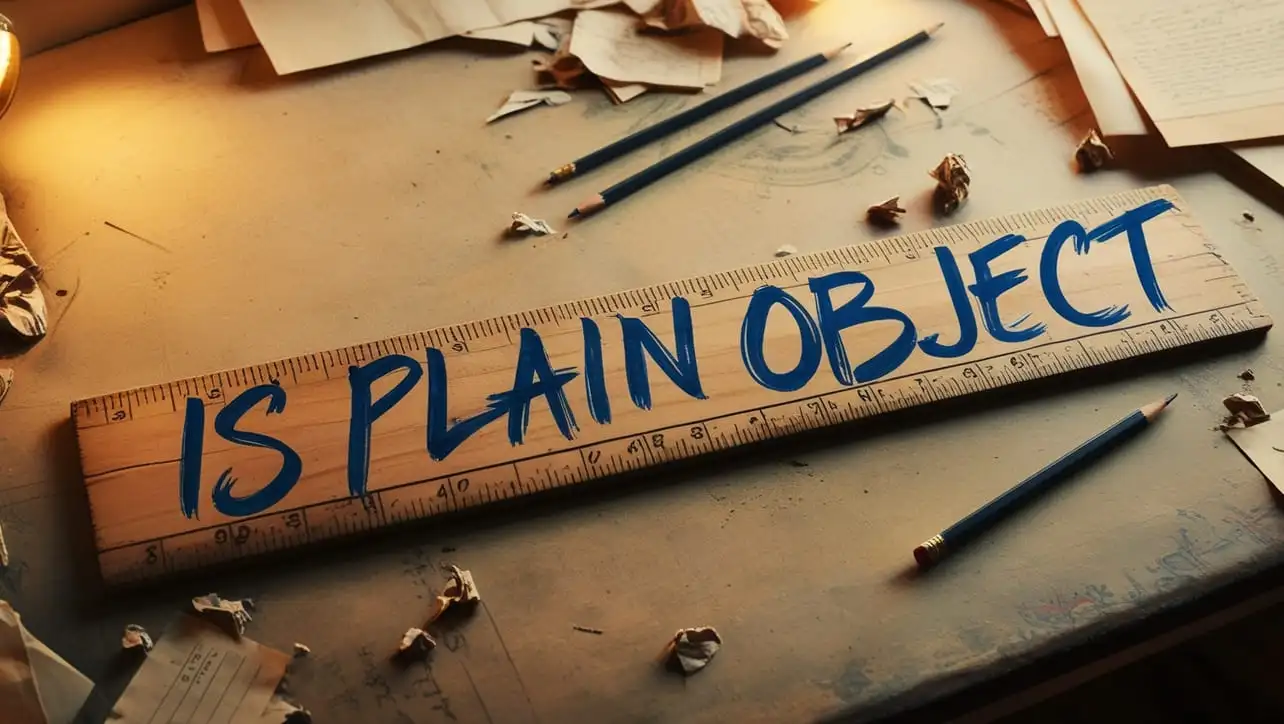
jQuery Topics
- jQuery Introduction
- jQuery Callbacks
- jQuery deferred
- jQuery selectors
- jQuery Ajax Events
- jQuery Ajax Methods
- jQuery Keyboard Events
- jQuery Keyboard Methods
- jQuery Form Events
- jQuery Form Methods
- jQuery Mouse Events
- jQuery Mouse Methods
- jQuery Event Properties
- jQuery Event Methods
- jQuery HTML
- jQuery CSS
- jQuery Fading
- jQuery Traversing
- jQuery Utilities
- jQuery Properties
jQuery jQuery.isPlainObject() Method

Photo Credit to CodeToFun
🙋 Introduction
jQuery offers a multitude of methods that simplify JavaScript development, one of which is the jQuery.isPlainObject() method. This method provides a straightforward way to determine whether an object is a plain JavaScript object, distinguishing it from other types such as arrays or DOM elements.
In this comprehensive guide, we'll explore the usage of the jQuery.isPlainObject() method, its syntax, parameters, and practical examples to help you leverage its power effectively in your projects.
🧠 Understanding jQuery.isPlainObject() Method
The jQuery.isPlainObject() method checks whether the passed object is a plain JavaScript object created by {} or new Object(). It returns true if the object is a plain object, otherwise false.
💡 Syntax
The syntax for the jQuery.isPlainObject() method is straightforward:
jQuery.isPlainObject( object )Parameters:
- object: The object to be tested.
Return Value:
- true: If the passed object is a plain JavaScript object.
- false: If the passed object is not a plain JavaScript object.
📝 Example
Testing a Plain Object:
example.jsCopiedvar obj = {}; var result = jQuery.isPlainObject(obj); console.log(result); // Output: trueIn this example, obj is a plain JavaScript object, so
jQuery.isPlainObject()returnstrue.Testing a Non-Plain Object:
example.jsCopiedvar arr = []; var result = jQuery.isPlainObject(arr); console.log(result); // Output: falseHere, arr is an array, not a plain object, so
jQuery.isPlainObject()returnsfalse.Practical Usage in jQuery Plugins:
jQuery plugins often need to validate input parameters, especially when dealing with options objects. Here's how
jQuery.isPlainObject()can be used to validate an options object:example.jsCopiedfunction myPlugin(options) { if (!jQuery.isPlainObject(options)) { throw new Error('Options must be a plain object.'); } // Plugin logic here }This ensures that the options parameter passed to the plugin is indeed a plain object.
🎉 Conclusion
The jQuery.isPlainObject() method provides a convenient way to determine whether an object is a plain JavaScript object. Its simplicity and reliability make it an invaluable tool for JavaScript developers, particularly when working with jQuery plugins, validating input parameters, or performing object-oriented programming tasks.
By understanding its usage and incorporating it into your projects, you can write cleaner, more robust JavaScript code.
👨💻 Join our Community:
Author

For over eight years, I worked as a full-stack web developer. Now, I have chosen my profession as a full-time blogger at codetofun.com.
Buy me a coffee to make codetofun.com free for everyone.
Buy me a Coffee












If you have any doubts regarding this article (jQuery jQuery.isPlainObject() Method), please comment here. I will help you immediately.